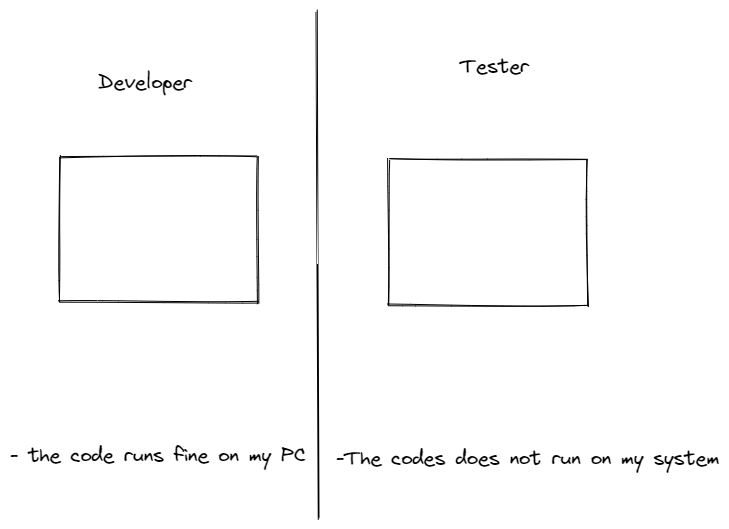Unraveling the Knots: Challenges in Traditional Development Pipelines
The Classic "It Works on My Machine" Dilemma

How often have we heard developers claim, "It works on my machine," only for testers to counter with, "Well, it doesn't work on mine"? This discrepancy isn't a simple case of finger-pointing; it's a real issue rooted in the complexities of modern software development.
The Fragmented Landscape: A Closer Look
To decode this classic conundrum, let's consider the tools involved—Pytest for testing, Spyder as the IDE, and Django for the backend code. Although these tools all operate on the same programming language, they are different environments with their unique configurations and dependencies.
The Corporate Analogy
Think of it this way: even within the same company, different departments—be it Marketing, Sales, or Engineering—will generate different outputs despite working toward the same organizational goals. Similarly, in a software project, different environments contribute to the project but can produce inconsistent results due to their unique setups.
Enter Containers: The Silver Bullet?
So what's the solution to these challenges? The answer lies in Containers.
What is a Container?
A container is essentially a lightweight, standalone, and executable package that contains everything needed to run a piece of software, including the code, runtime, system tools, and libraries.
Why Containers Are the Game-Changers
Uniformity: Containers ensure that the software runs the same way, regardless of where it's executed. This eliminates the "It works on my machine" problem.
Isolation: Containers provide isolated environments, allowing different parts of a project to operate without interfering with each other.
Portability: A containerized application is easy to share and deploy across various systems, reducing the complexities related to varying configurations.
Scalability: Containers are designed for microservices and can be easily scaled up or down, offering tremendous flexibility in deployment.


